During the New Year period in Japan, you can see kagami mochi displayed as a decoration inside houses. It is a cake usually made of two layers of round mochi (rice cake) topped with a mandarin orange.
Kagami Mochi As a Symbol
“Kagami” means “mirror” in Japanese, and it is often said that the shape of the mochi resembles a bronze mirror, considered a treasure by the ancient Japanese. It is believed that by double-decking such noble items, your fortune will also double. The mandarin orange on top is called dai-dai, which is supposed to give hope and prosperity to the following descendants. All this makes it a very lucky item.
It is usually decorated with decorative Japanese paper, ferns, and dried kelp. However, decorations vary from region to region and family to family.
Where to Place the Kagami Mochi Inside the House?
According to Japan’s Kagami Mochi Association, placing the cake in many areas of your house is recommended. Each location, such as the kitchen, bedroom, and bathroom, has a corresponding deity who will be pleased if you display the auspicious item.
You can find different sizes of kagami mochi everywhere in Japan, ranging from small to extra large. Supermarkets sell decoration sets during December.
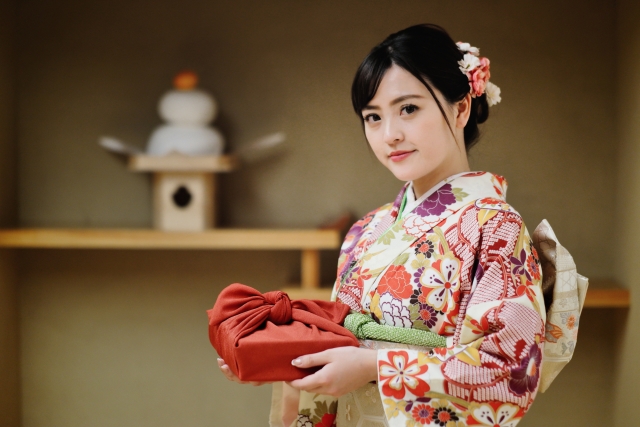
How Do the Japanese Eat It?
It is also believed that the kami’s power resides in kagami mochi. To obtain the power of these deities during the New Year, people usually cook it in a soup called o-zoni. Another dish in which to cook it is a dessert called o-shiruko, a kind of soup made from sweet red beans.
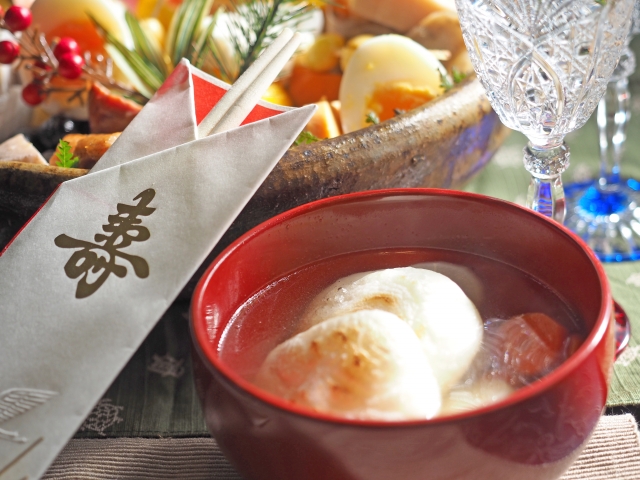
Japanese people do not use knives to cut the rice cakes but break them with wooden hammers when preparing them for soup. This procedure is called kagami biraki (“opening the mirror”)
Are you curious about other Japanese New Year traditions? Read our special article here.

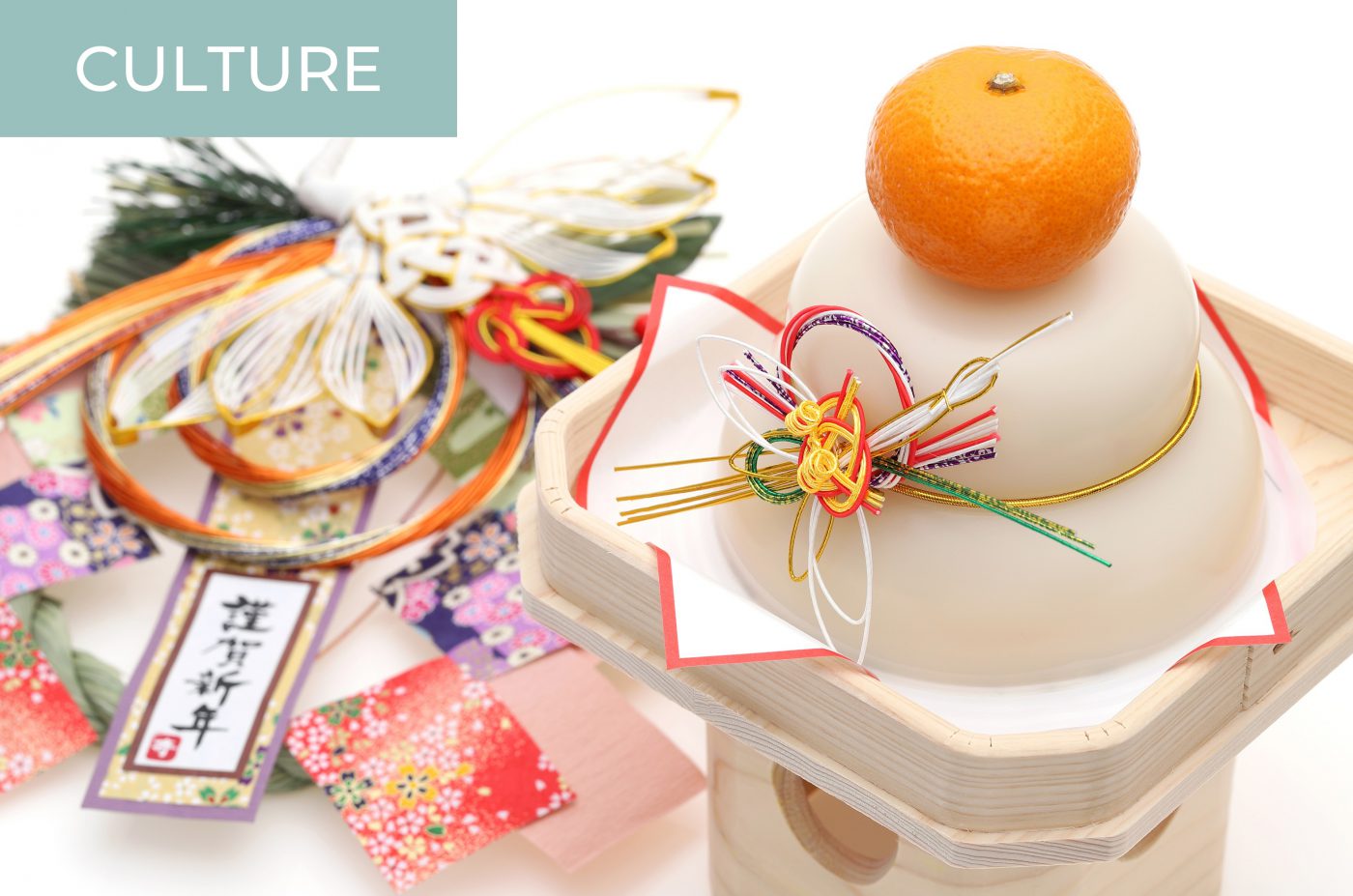
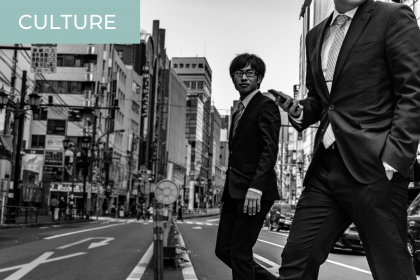

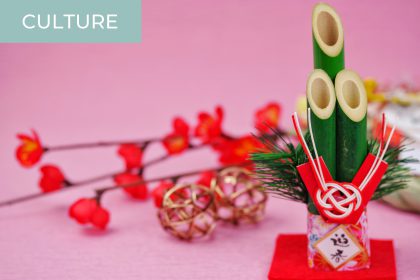
One Comment
Pingback:
February 24, 2021 at 3:45 PM